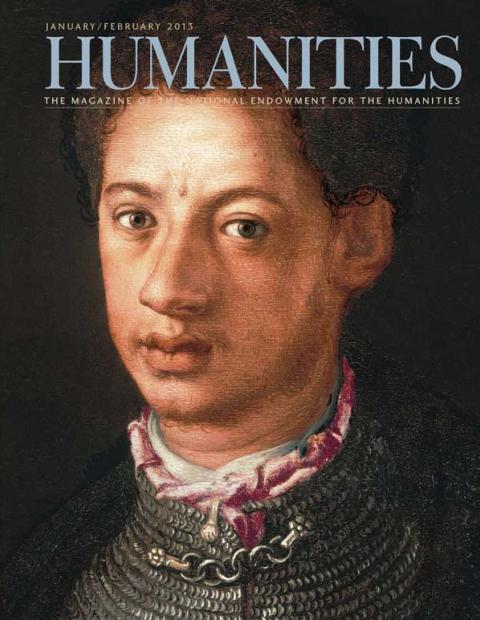The Parsis of Bombay were among the first in India—around 1850—to adopt Western theater techniques and assemble troupes that performed throughout the subcontinent. Originally, the actors were all male, but by the 1870s some women were performing, too. Wherever Parsi theater was performed, audiences came to realize glamor was afoot. The sophisticated plays, written and performed in Gujarati, the language of the region in western India where the Parsis first settled, attracted a wide following in the latter half of the nineteenth century. In addition to original material, the Parsi theater’s repertoire included Gujarati-language productions of the bard’s work, such as The Taming of the Shrew, The Merchant of Venice, Two Gentlemen of Verona, and, most ambitiously, considering its level of difficulty even for English-language audiences, Timon of Athens.
Other dramatic groups soon sprang up. Spies from one company attended performances by rivals and stole material. Competition sometimes spawned dirty tricks. Troublemakers were planted in audiences to disrupt performances, bad reviews penned by company directors using pseudonyms poisoned audiences’ receptions of other companies’ new plays, and painted scenery sometimes carried elaborate insults directed at enemies in the profession.
Writers and actors in India tapped into the colorful tales gathered from a life in the theater. In her NEH-funded Stages of Life: Indian Theatre Autobiographies, Kathryn Hansen includes four such theatrical memoirs. In Some Blossoms, Some Tears, Jayshankar Sundari recounts his life from the moment in 1898, at age nine, when he was selected by a recruiter to travel from Bombay to Calcutta for theatrical training. “Rehearsals went something like this,” he writes. “First you learned how to speak the part, then how to sing, then how to move and use gestures and facial expressions.” The instruction was useful but somehow incomplete. As Sundari developed his acting skills, however, he realized that his “primary source of inspiration was the pleasure [he] felt in merging with the character. . . . Such absorption in the character was my first step in the art of acting.” The part he was playing when he had this revelation was the wife of a man who was to sacrifice her to a goddess.
Sundari, in fact, excelled in playing female roles. By 1901 he was back in Bombay, at the Gaiety Theatre, which, he recalls, would “prove to be a milestone in my life. . . . When I spotted the stage my feet wanted to dance, the desire to act surged in every limb. . . . What was the nature of the spontaneous pleasure my actor-soul felt?” Twice married in short order, both times unhappily, Sundari used his private dissatisfaction as inspiration. “On the stage,” Sundari writes, “I attempted to display an image of the wife I desired. It became the primary inspiration for my acting. I forgot the tensions in my everyday world, experiencing this otherworldly pleasure in the theatre.” Later in the memoir, Sundari adds, “Some people may be surprised to learn that, today, I lead an extremely happy and harmonious married life. I am grateful to my third wife, Champa, for this.”

